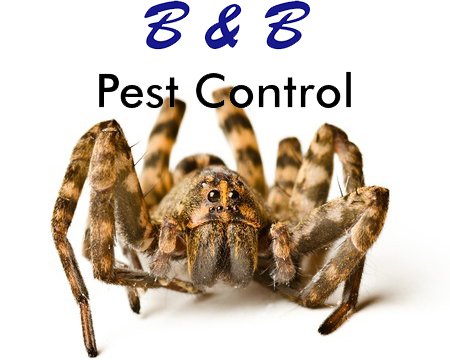Being a high school science teacher is challenging for a variety of reasons. Motivating disinterested students is one of the biggest challenges that teachers of any subject must face regularly. We can all remember covering insects and the ecological roles that they play during high school science class; or, maybe many people do not remember, as it is not uncommon for students to find the topic of insects to be uninteresting. However, this problem can be remedied by focusing on an aspect of insects that anybody would find interesting. No matter how disinterested in insects a person may be, there is no denying that the evolutionary history of insects raises many interesting questions. Are insects the oldest terrestrial organisms? Where did insects come from? What would happen to humans if they disappeared? Questions like these often stimulate even the most apathetic students. In an effort to address questions like the ones above, an international team of scientists have recently teamed up in order to create a comprehensive, accurate and definitive inesct family tree that stretches back half a billion years. In fact, the new family tree even accounts for the evolutionary history that occured before insects appeared on earth. This new tree has allowed both scientists and non-scientists to better understand the origin of insects.
Biologists, entomologists and scientists from many other disciplines have often disagreed with each other about the phylogenetic relationships between different insect species. In order to create an accurate family tree, scientists analyzed nearly fifteen hundred genes from one hundred and forty four species covering all the major insect groups. This genetic testing has allowed researchers to avoid establishing vague phylogenetic relationships between different insect species; instead, the genetic testing provides hard data that cannot be disputed. The research team used genetic evidence to demonstrate that insects first appeared on earth more than four hundred and eighty million years ago. This is seventy million years before the earliest insect fossil. This was around the same time that land plants first appeared on earth. According to the research team, insects most likely evolved from a group of venomous crustaceans called Remipedia.
Do you think that the earliest insects were likely capable of dwelling in both terrestrial and marine environments?

